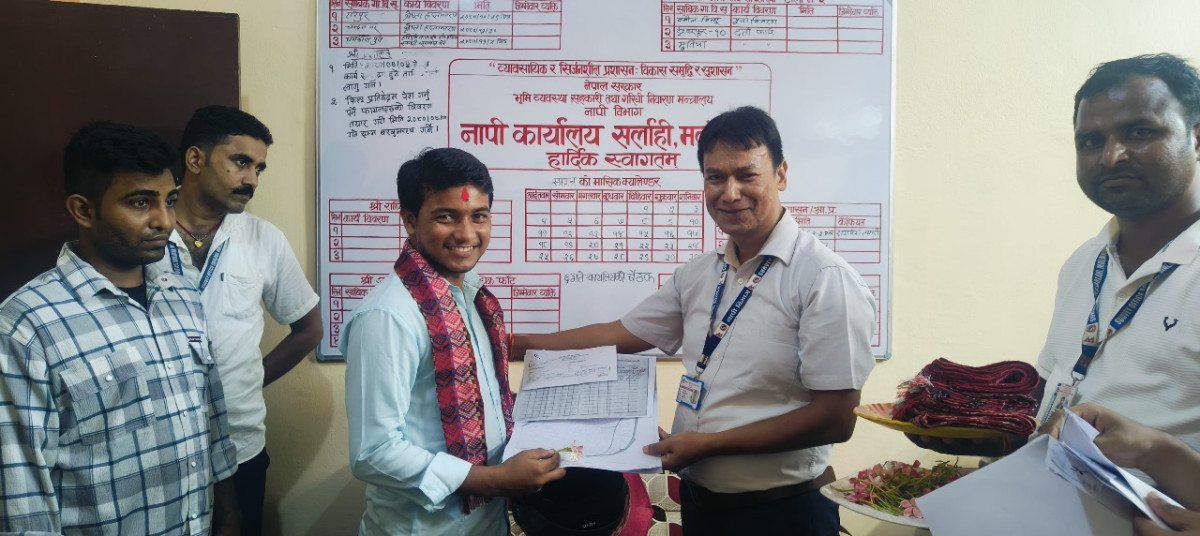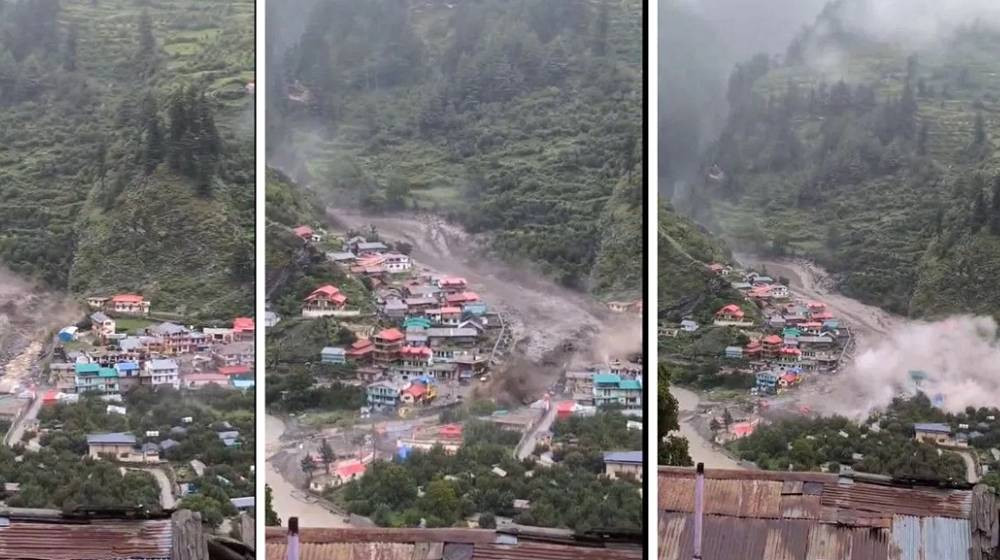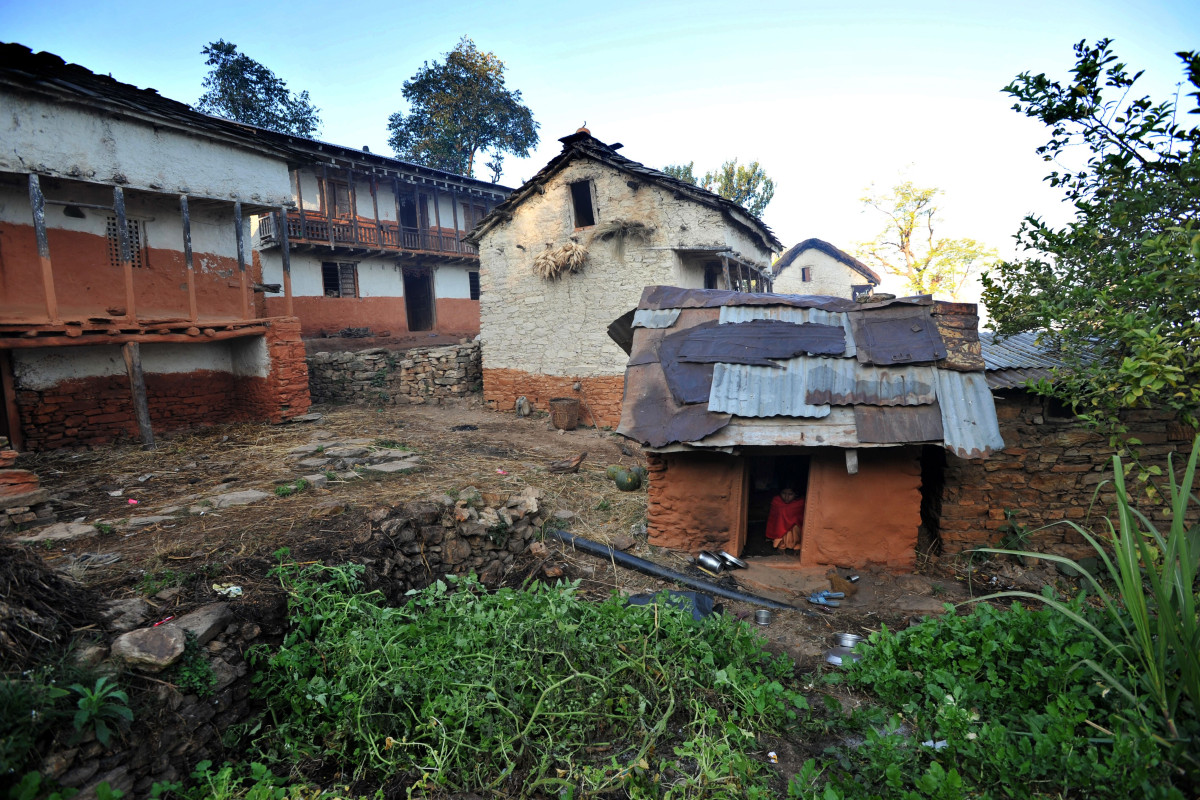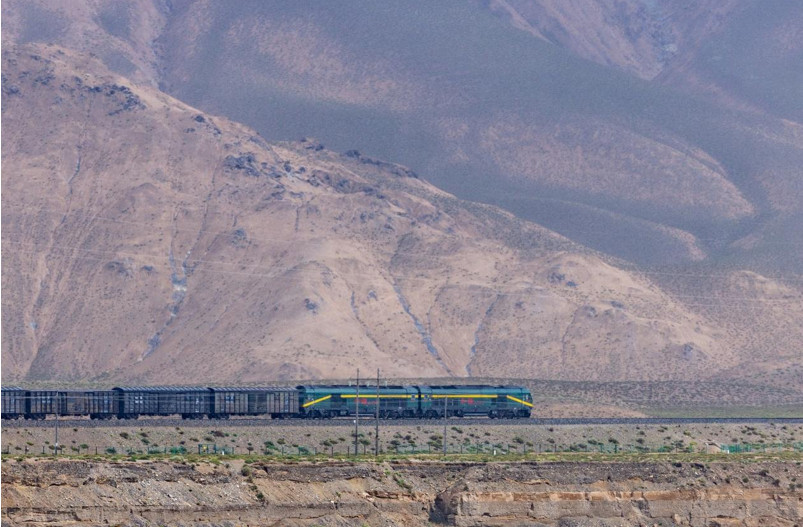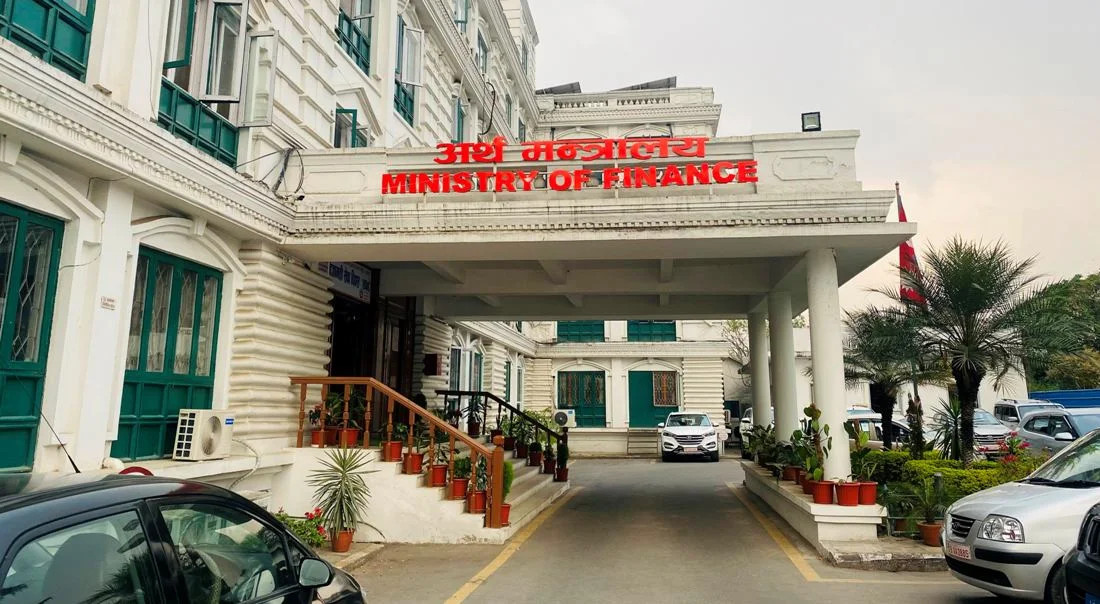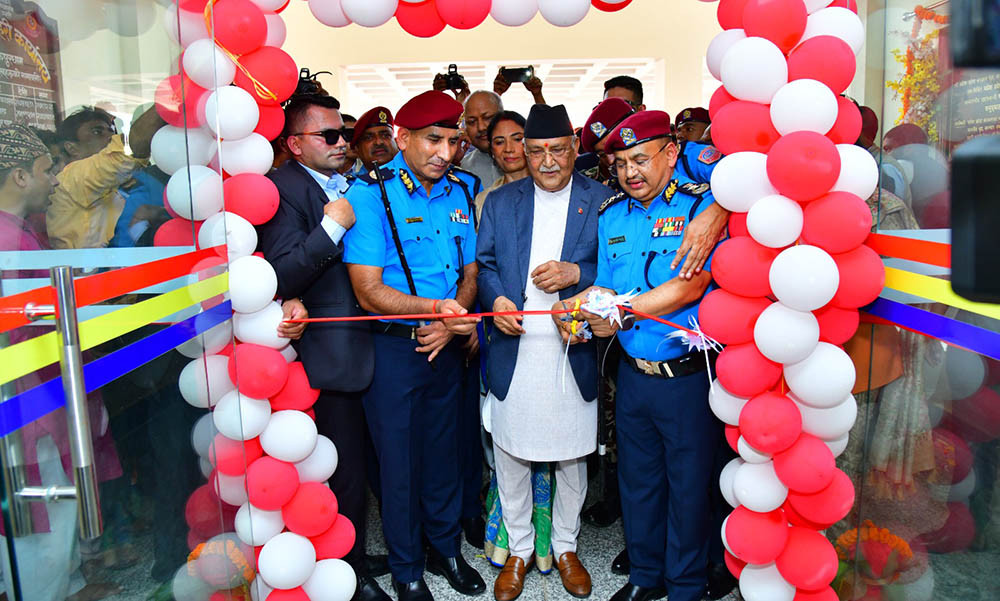Nepal is a country rich in social, cultural, linguistic, geographical, and ecological diversity. It is full of natural beauty and boasts a varied landscape, from the Tarai plains to the towering Himalayas.
The essence of tourism lies in visiting new places, engaging in new activities, exploring and understanding new topics, and refreshing the mind. Geographical diversity is a unique characteristic of Nepal, playing a significant role in enhancing the country’s tourism potential and activities.
This diversity has made mountain climbing an integral part of adventure tourism. For this reason, Nepal is considered one of the most attractive destinations in the world. Mountaineering holds a significant and appealing position in Nepal’s tourism sector. The Government of Nepal has opened over 400 mountains for climbing, including the highest peak, Sagarmatha (Mount Everest), as well as all eight mountains that rise above 8,000 meters.
Mountaineering activities in Nepal date back nearly a century. The first attempt to climb Mount Everest was made in 1921. Historical records from that period reveal that a route to climb the mountain was discovered. The British government formed the first team to attempt the climb, led by Lieutenant Colonel George Mallory, along with other climbers and surveyors. This team discovered a route from Tibet to Everest Base Camp during the spring of 1921 and reportedly reached an altitude of nearly 7,000 meters from the Tibetan side before turning back. This area is now known as the North Col.
The successful ascent of Annapurna in 1950 marked the first time humans scaled a mountain over 8,000 meters. On May 29, 1953, New Zealander Edmund Hillary and Nepali climber Tenzing Norgay Sherpa became the first people to set foot on the summit of Mount Everest. This historic achievement brought global attention to mountaineering in Nepal. In addition to climbing, the lakes, waterfalls, adventure sports, and natural beauty of Nepal’s Mahabharat and Chure mountain ranges have taken Nepal’s tourism to new heights.
The presence of Mount Everest and the majestic Himalayan mountain range has established Nepal as a premier "mountain destination." These mountain ranges are our pride and identity. The thriving tourism industry in these regions can drive significant economic development. If tourism is promoted effectively, we can attain rapid economic growth. The government’s national aspiration-"Prosperous Nepal, Happy Nepalis"-can be strongly supported by the tourism sector. As the number of tourists increases, our sources of income will grow exponentially. Whether through guiding tourists, providing accommodations and meals, showcasing our art and culture, or selling various products, there are countless opportunities for income generation.
Branding the Himalayas through Ecotourism
Branding the Himalayas and developing physical infrastructure has become a current necessity. Foreign media are increasingly covering news related to Nepal’s mountains. Himalayan tourism holds great promise for the future, and Nepal must seize this opportunity.
Recently, the number of trekking tourists in Nepal has increased. Trekkers are increasingly attracted to regions such as Everest, Annapurna, Langtang, Karnali, and eastern areas like Kanchenjunga, as well as around Pokhara and the Kathmandu Valley. However, to fully realize the economic potential of mountain tourism, trekking tourism must be managed in an organized and sustainable manner. Trekking tourism promotes clean, respectful recreation and provides tourists with unique experiences without depleting local resources. Tourism in Nepal’s mountainous regions is deeply rooted in natural and cultural heritage. Unfortunately, we have yet to fully harness this potential. The Himalayas and mountains are invaluable natural treasures and vital biodiversity zones.
In recent years, mountains and peaks have been facing the serious effects of climate change. The Himalayan region has been especially vulnerable, experiencing melting glaciers, vanishing snow cover, and irregular weather patterns. These changes pose serious threats to the livelihoods of communities in the hills and surrounding areas, affecting agriculture, water resources, and biodiversity. Climate change in the mountains can have far-reaching consequences for downstream and coastal regions. Yet, these issues have not received sufficient attention on the global stage.
There has been limited research and discussion on the impact of climate change in mountainous regions. Significant investment in research is necessary, along with continuous dialogue. In this context, the Sagarmatha Sambaad, a multi-stakeholder dialogue organized by the Government of Nepal from May 16–18, made an effort to highlight the impact of climate change on Nepal’s mountains at the international level. However, shifting political priorities have made it difficult to bring Nepal’s climate concerns to the forefront of global discussions. Rather than raising these issues only during international events for economic support, a sustained campaign is needed. Based on research findings, it is essential to evaluate how current efforts are progressing.
Development should occur in harmony with nature-not at its expense. While advocacy is important, we must also actively speak out for nature conservation and the protection of Mother Earth. This is one of today’s most pressing responsibilities. With this in mind, Rastriya Samachar Samiti (RSS) has organized a photo exhibition on mountain tourism.
On the occasion of this year’s Republic Day, a photo exhibition titled “Mountain Tourism: Our Pride, Our Identity” has been organized to promote Nepal’s mountain tourism and support the Sagarmatha Sambaad initiative. The exhibition aims to collect, archive, and preserve photos taken by RSS photojournalists-valuable visual records for future generations. It offers insights into the current state and future potential of mountain tourism in Nepal and highlights the mountains, mountain lifestyles, and related activities.
Photographs of Nepal’s eight-thousanders and other notable peaks, the daily lives of Himalayan communities, visits by foreign dignitaries, popular tourist destinations in hilly areas, lakes, and ponds are featured in the exhibition. Journalists from RSS have showcased nearly one hundred photographs published in the agency’s bulletins, offering a powerful visual narrative of mountain tourism in Nepal. These images are just a glimpse of the vibrant tourism sector flourishing in Nepal’s mountainous and Himalayan regions.


.gif)






.jpeg)
.gif)








